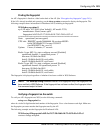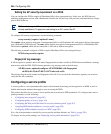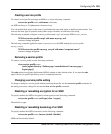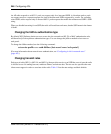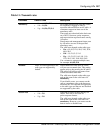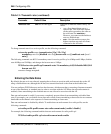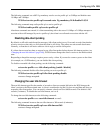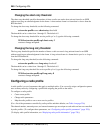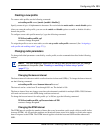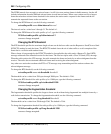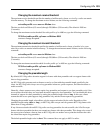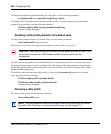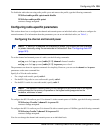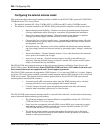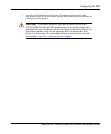
250 Configuring APs
NN47250-500 (320657-F Version 02.01)
Changing the short retry threshold
The short retry threshold specifies the number of times a radio can send a short unicast frame for an SSID
without receiving an acknowledgment for the frame. A short unicast frame is a frame that is shorter than the
RTS threshold.
To change the short retry threshold, use the following command:
set service-profile name short-retry threshold
The threshold can be a value from 1 through 15. The default is 5.
To change the short retry threshold for service profile sp1 to 3, type the following command:
WSS# set service-profile sp1 short-retry 3
success: change accepted.
Changing the long retry threshold
The long retry threshold specifies the number of times a radio can send a long unicast frame for an SSID
without receiving an acknowledgment for the frame. A long unicast frame is a frame that is equal to or longer
than the RTS threshold.
To change the long retry threshold, use the following command:
set service-profile name long-retry threshold
The threshold can be a value from 1 through 15. The default is 5.
To change the long retry threshold for service profile sp1 to 8, type the following command:
WSS# set service-profile sp1 long-retry 8
success: change accepted.
Configuring a radio profile
A radio profile is a set of parameters that apply to multiple radios. You can easily assign configuration param-
eters to many radios by configuring a profile and assigning the profile to the radios.
To configure a radio profile:
• Create a new profile.
• Change radio parameters.
• Map the radio profile to one or more service profiles.
(For a list of the parameters controlled by radio profiles and their defaults, see Table 4 on page 226.)
The channel number, transmit power, and external antenna type are unique to each radio and are not controlled
by radio profiles. (To configure these parameters, see “Configuring radio-specific parameters” (page 255).)
(To display radio profile information, see “Displaying radio profile information” (page 276).)




